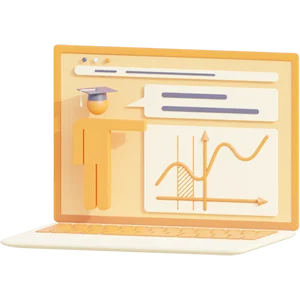Mechanics and Relativity la Relativity
Mechanics and Relativity, la Relativity, Part 1 of the course. The course consist 2 parts, but I followed only part 1 (in Period 1a), at the University of Groningen, year 1, 2020-2021, Lecture notes and book summarized.
Mechanics and Relativity, la Relativity, Deel 1 van het vak. Het vak bestaat uit 2 delen, ik heb alleen het eerste deel gevolgd (periode 1a) aan de rijksuniversiteit van Groningen, jaar 1, 2020-2021. Hoorcolleges aantekeningen en boek samengevat. In het Engels want dat is alles.
Preview samenvatting (3 van de 30 pagina's)
Voordelen van Knoowy
€ 4,99
 Niet tevreden? Geld terug
Niet tevreden? Geld terug
 Document direct te downloaden
Document direct te downloaden
 € 0,50 korting bij betalen met saldo
€ 0,50 korting bij betalen met saldo
-
 Ontvang gratis oefenvragen bij document
Ontvang gratis oefenvragen bij document

Specificaties
- School: Rijksuniversiteit Groningen
- Opleiding: Wiskunde
- Vaknaam: Mechanics and Relativity 1
- Alle documenten voor dit vak ›
- Vakcode: WBPH009-05
- Studiejaar: 2020-2021, year 1
Document
- Rubriek: Samenvattingen
- Gemaakt op: 26-01-2021
- Type: .pdf
- Pagina's: 30
- Taal: English
Tags
Verkoper
Verdienen aan je samenvattingen?
Vakken van Wiskunde - Rijksuniversiteit Groningen
Meer Wiskunde ›analysis calculus 1 introduction to logic kaleidoscope mathematics linear algebra 1 mechanics and relativity 1
Al meer dan 146.000 tevreden studenten
-
Jack Nowee
Knoowy is een geweldig platform om mijn lesmateriaal te promoten en te verkopen. De nieuwe mogelijkheid om bestanden te bundelen vind ik een aanwinst.
-
Rozel2
De samenvattingen zijn zeer leerzaam tijdens leren van je tentamen.
-
SuzanneHarks
Knoowy is een website waar goede samenvattingen te vinden zijn die kunnen aansluiten bij toetsen van je hogeschool of universiteit.
-
Leander van den Heuvel
Knoowy is voor mij een plek waar ik makkelijk kennis kan delen met andere studenten.
-
Jaygerius
Snelle levering en duidelijke samenvattingen met grote aanbod per schoolvak.
-
BramBeentjes
De website is compact en goed gerubriceerd, dus overzichtelijk.
-
Jorine Van Der Steen
Fijn dat andere studenten samenvattingen verkopen die ik kan gebruiken voor mijn studie. Op Knoowy vind je goede hulp voor je studie.
-
Anna
Op Knoowy help ik andere studenten met mijn samenvattingen. Ik help hiermee anderen en leer er zelf ook nog ontzettend veel van.
 Actie: ontvang 10% korting bij aankoop van 3 of meer items!
Actie: ontvang 10% korting bij aankoop van 3 of meer items!
Actie: ontvang 10% korting bij aankoop van 3 of meer items!








